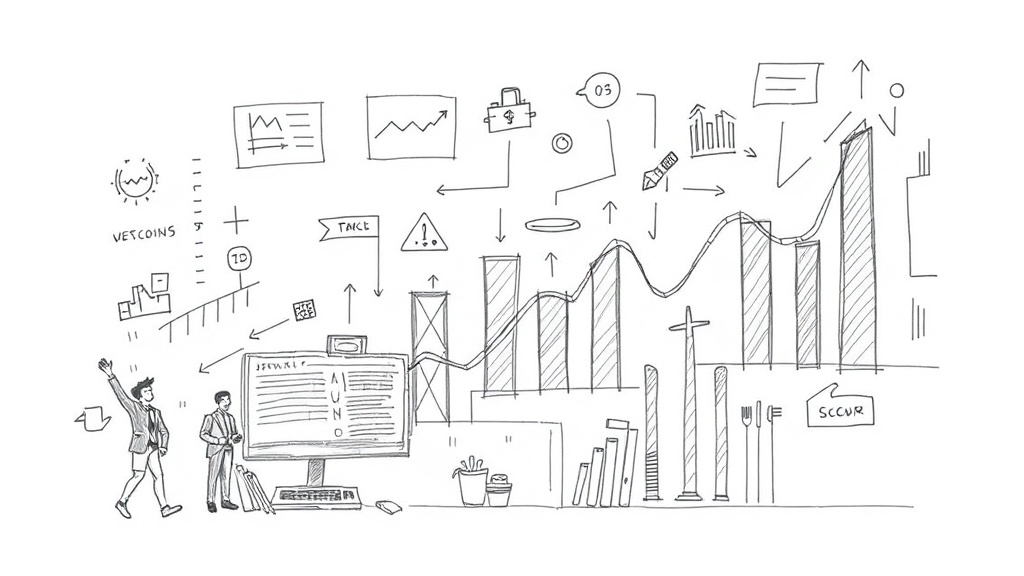Customer-Centric Strategy: Turning Customer Insight into Lasting Competitive Advantage
Companies that put the customer at the center of strategy consistently outperform peers.
A customer-centric approach isn’t just a marketing play — it’s a cross-functional operating model that aligns product, operations, sales, and finance around delivering measurable customer value. The result: stronger retention, higher lifetime value, and resilience when markets shift.
Why customer centricity matters
– Markets are saturated. Differentiation through product features alone is fleeting.
– Buyers expect seamless experiences across channels and touchpoints.
– Data and automation make personalization scalable, raising the bar for what customers consider “good” service.
Core elements of a customer-centric strategy
1. Deep, actionable customer insight
Go beyond demographics. Use qualitative interviews, journey mapping, and behavioral analytics to identify the jobs customers are hiring your product or service to do. Focus on pain points that lead to churn or block higher-value behaviors.
2. Value-based prioritization
Not every touchpoint is equally valuable. Identify moments that most influence conversion, retention, or expansion and allocate resources accordingly. Use a simple impact-effort matrix to prioritize experiments.
3. Cross-functional governance
Create small, empowered teams that span product, marketing, service, and data.
Assign clear owner(s) for customer outcomes rather than outputs. Short feedback loops and shared KPIs foster accountability and speed.
4. Measurable outcomes and OKRs
Translate customer goals into measurable objectives: activation rate, time-to-value, NPS for critical segments, churn reduction, and revenue per user. Use Objectives and Key Results to align teams and guide trade-offs.
5. Continuous experimentation
Adopt an experimentation mindset.
Run hypothesis-driven tests, iterate quickly, and scale what works.
Keep a balance between A/B testing for incremental gains and bet-the-business experiments that explore new value propositions.
6.
Flexible architecture and data maturity
Modern customer-centric companies invest in modular tech stacks that support rapid changes in customer journeys. Prioritize reliable event tracking, a unified customer profile, and accessible insights so front-line teams can act fast.
Practical steps to get started
– Map the top three customer journeys that drive value and identify the biggest friction points.
– Run a small number of high-impact experiments (2–3) with clear metrics and a defined timeline.
– Align incentives: tie part of performance reviews or OKRs to customer outcomes rather than only output metrics.
– Build a single source of truth for customer data and make dashboards accessible across teams.
– Train teams on customer interview techniques and use those qualitative insights to inform quantitative analyses.
Pitfalls to avoid
– Over-personalization without respect for privacy and transparency. Consent and clear value exchange are essential.
– Siloed ownership of customer issues. If support owns churn reduction alone, structural problems remain unresolved.
– Chasing every emerging channel. Prioritize where your customers actually engage and where ROI is measurable.
A customer-centric strategy is a continuous transformation, not a one-off project. When organizations anchor decisions in customer value, they build adaptability and trust—two critical sources of competitive advantage in uncertain markets.

Start small, measure what matters, and let customer outcomes guide scaling decisions.
Leave a Reply